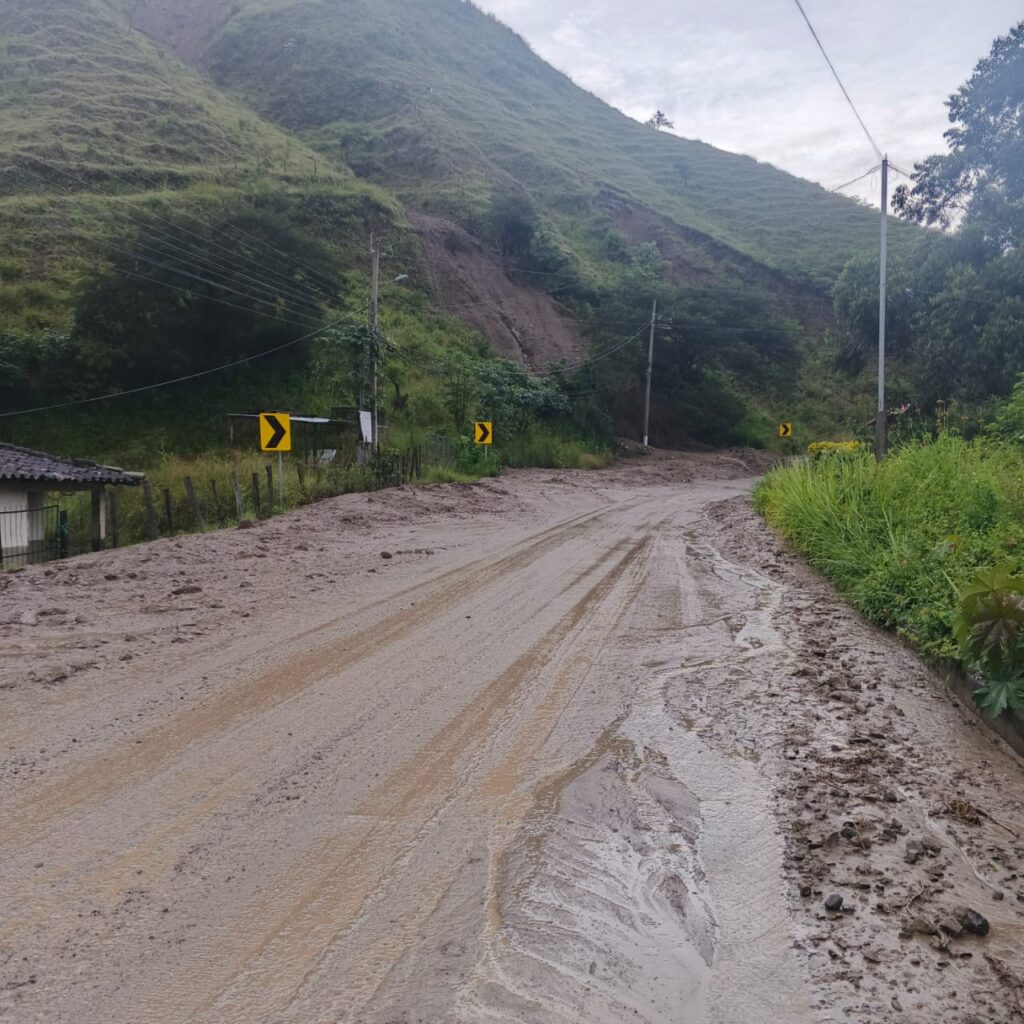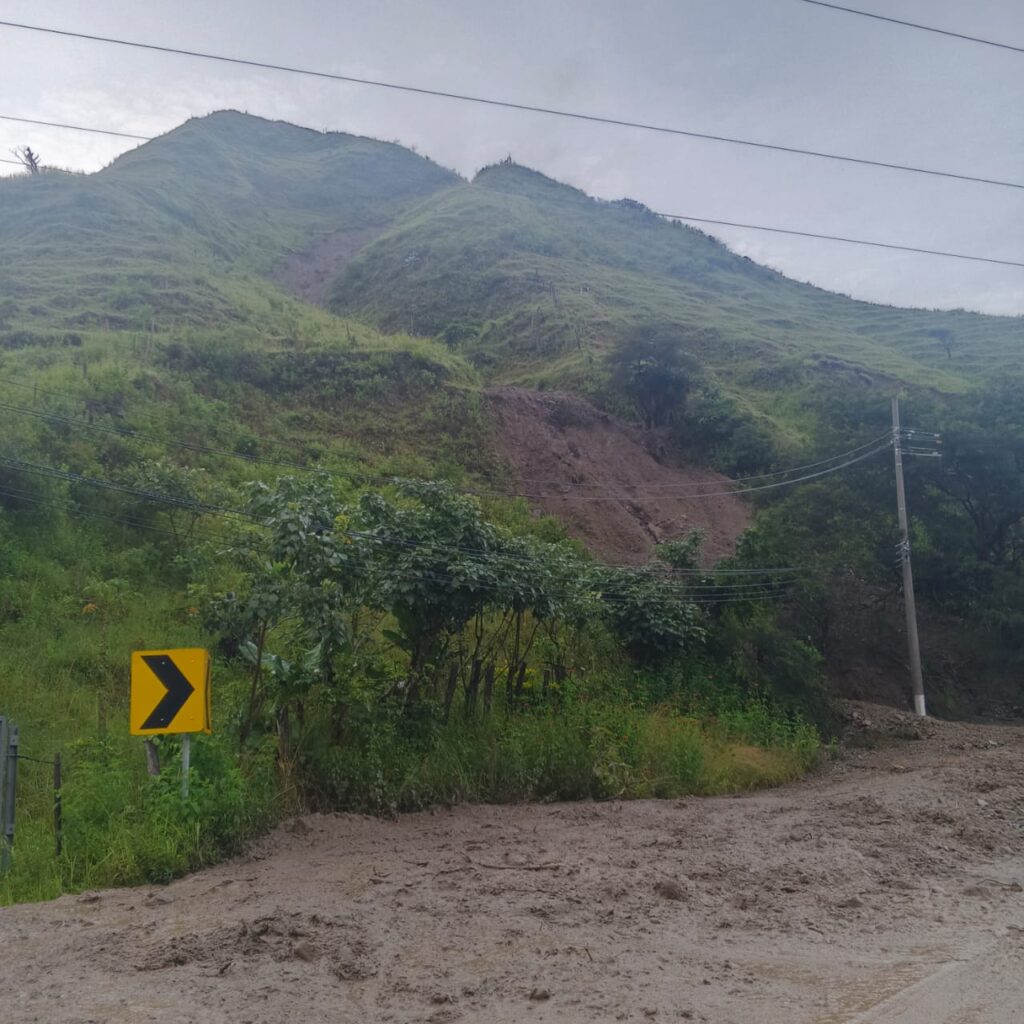Picture a hillside ablaze, flames tearing through dry grass and brittle shrubs, a scene all too familiar after last fire season’s devastation across our mountains. The fires left behind charred scars, thousands of acres reduced to ash. You might’ve thought the worst was over—until last night.
A big rain hit, and those same hillsides, stripped bare by flames, gave way. Landslides roared down, burying roads, flooding homes, and choking rivers with mud. This isn’t a freak event; it’s a cycle—wildfires to landslides to barren land—and it’s hitting us hard. If we don’t start caring for our earth, the seasons will only punish us more.


Fires don’t just burn what’s above ground—they kill the soil’s hidden biome, the microbes and roots that hold it together. Last season’s blazes torched that life, leaving a fleeting potassium boost—maybe enough for one crop—but it’s a lie. Without its ecosystem, the soil crumbles, unable to grip water or nutrients. Last night’s rain proved it: the ground slid away, taking minerals with it. And it’s not just the land suffering—smoke from those fires filled our lungs, and now so many are sick with infections. This is what happens when we neglect our hillsides. Chemicals haven’t saved us; they’ve made it worse.
But we can stop this. Spray microbe-rich compost to revive the soil. Plant cover crops like alfalfa, chia, and marigolds to shield it and feed it as they rot. Add vetiver grass to lock it in place and fight fires. These are cheap, natural fixes within your reach. This is for you—farmers, landowners, anyone with fire-scarred and mudslide land.
Last night’s landslides and last season’s smoke are warnings. Let’s break this cycle and heal our land—and our lungs—before it’s too late.


The Cycle of Destruction Explained
Last fire season showed us what wildfires can do. Flames swept through our mountains, burning thousands of acres, leaving behind a wasteland. Below the surface, the soil took a bigger hit. A living biome—bacteria, fungi, worms, roots—keeps soil stable and fertile. Those fires killed it, turning rich earth into a sterile crust. You might’ve seen a burst of growth after, thanks to ash-released potassium, but don’t be fooled. That’s a one-time trick. Without microbes or roots, the soil’s structure collapses—loose, dead, defenseless.
Then came last night’s rain. Water hit that fire-damaged land, and with nothing to hold it, the soil turned to mud. Landslides tore down hillsides, just as they did across our region hours ago. Homes were swamped, roads blocked, and rivers filled with sediment. That runoff didn’t just move dirt—it carried away the minerals and organic matter your crops need. Every slide leaves the land poorer, and every fire sets the stage for more. Add climate shifts—hotter summers fueling bigger blazes, wetter winters like last night washing more away—and this cycle spirals out of control.
But it’s not just the land paying the price. Those mountain fires last season pumped thick smoke into our valleys, and we breathed it for weeks. That smoke—loaded with ash, soot, and toxic particles—lodges deep in your lungs. It irritates airways, triggers inflammation, and weakens your defenses. Right now, so many of us are coughing, wheezing, fighting lung infections. Doctors see it: bronchitis, pneumonia, kids and elders hit hardest. It’s no coincidence—this is tied directly to the fires. When invasive grasses burn, they release nastier smoke than healthy plants would, and our neglected hillsides are covered in them. Last season’s destruction isn’t just in the soil; it’s in our bodies. This is proof we’re seeing the results of not caring for the land.
The Failed Chemical Approach
Why did we lean on chemicals? After fires like last season’s, the soil’s wrecked, and you need a crop fast. Fertilizers push growth; herbicides kill weeds. For a few years, it might’ve worked—bigger harvests, less work. But look at your fields now: cracked, lifeless, barely holding on. Chemicals force plants to grow but starve the soil’s biome. Herbicides wipe out weeds and beneficial plants alike, leaving dead, dry fuel for the next fire—like the ones we saw last season. The land’s weaker, not stronger.
And it shows. Last night’s landslides didn’t spare chemically treated fields—they slid just as fast. The smoke choking us now? Worse because of those dead grasses chemicals couldn’t control. Yields might’ve spiked once, but now they’re dropping, and our lungs are paying too. This isn’t natural—it’s a mess we made, piling chemical failure onto fire’s damage. It’s time to stop patching and start fixing.
A Sustainable Solution: Restoring the Soil Biome
We can turn this around, starting with the soil biome. Ditch chemicals and spray microbes instead. Mix compost—packed with living bacteria and fungi—with water and mist it over your land monthly. You don’t need much; a bucket does acres. These microbes rebuild the ecosystem, cycling nutrients, fighting pests, and replacing fertilizers. It’s cheaper than chemicals and heals the soil for good.
Then plant cover crops—alfalfa, chia, flax, calendula, marigolds. Sow them around fields or between rows. Their roots anchor soil, like last night’s landslides showed we need. Leaves shade the ground, holding water and choking weeds. They pull nutrients up, and when they flower, chop them down and drop them. As they rot, those nutrients stay, feeding your crops. This “chop-and-drop” builds water-holding capacity, cuts fire fuel, and resists blazes better than the grasses that burned last season. Seeds are pennies a handful and reseed themselves.
Add vetiver grass—its deep roots stop slides, its leaves resist fire. One plant spawns thirty “babies” a season; Living Ground has thousands to share. Plant it along edges or across slopes, chop and drop it for mineral-rich biomass. It’s sustainable and tough. Start small: a patch with microbes, seeds, vetiver. Watch weeds fade, soil hold water, and fires lose ground. It’s affordable and works with nature, not against it.
Breaking the Cycle
Last season’s fires and last night’s landslides are screaming at us: this cycle’s real, and it’s brutal. The smoke still lingers in our lungs—those infections spreading now are proof. We’re seeing the results of neglect and chemicals failing us. Bare hillsides slide, rivers clog, and our health crumbles. But it doesn’t have to stay this way.
Spray microbes to wake the soil. Plant cover crops and vetiver to shield it, feed it, fight fires. Chop and drop to keep nutrients home. These steps are cheap, simple, and within your grasp. Start today—your corner of land, a few seeds, a monthly spray. Picture it: fields that stand firm in rain, resist flames, and grow without poisoning us. Our kids breathing clean air, not smoke. Last night and last season were warnings—we can heed them. Break this cycle, heal the land, and save ourselves. It’s on us, now.
Here is a breakdown of approximate costs to help your land improve and the soil become healthy. I do not know what the cost of chemicals are? I do not buy them. The labour to spray the microbes is the same as the labour to spray chemicals. You tell me what is better?
IF ANY LOCAL LAND OWNER WANTS TO MAKE A DIFFERENCE AND TRY THIS SOLUTION, PLEASE TALK TO LIVING GROUND. WE WILL DO OUR BEST TO HELP YOU!
| Item | Quantity/Details | Cost |
|---|---|---|
| Microbe compost (WE WILL TEACH YOU HOW TO MAKE A SPRAY) | For 1 hectare | $10.00 |
| Seeds (total 5 lbs per hectare) | ||
| – Clover | ~0.83 lbs @ $10/lb | $8.30 |
| – Alfalfa | ~0.83 lbs @ $10/lb | $8.30 |
| – Calendula | ~0.83 lbs @ $8/lb | $6.64 |
| – Marigold | ~0.83 lbs @ $8/lb | $6.64 |
| – Chia | ~0.83 lbs @ $1/lb | $0.83 |
| – Flax | ~0.83 lbs @ $1/lb | $0.83 |
| Labor | 1/2 day ($25/day rate) | $12.50 |
| Water | Free | $0.00 |
| Total | Compost + Seeds + Labor | $54.04 |
| Sprayer (chemical-free) | One-time purchase (not in total) | $70.00 |





